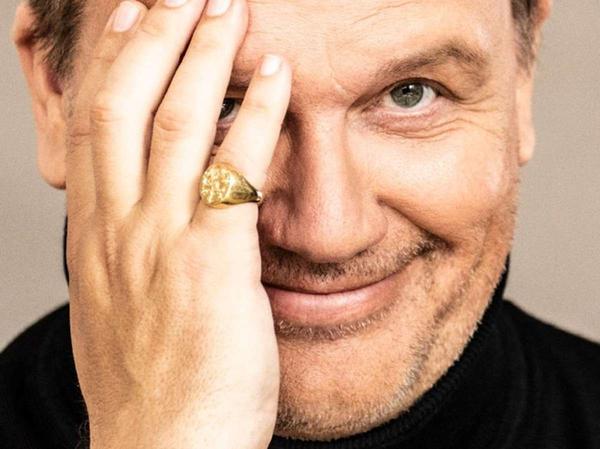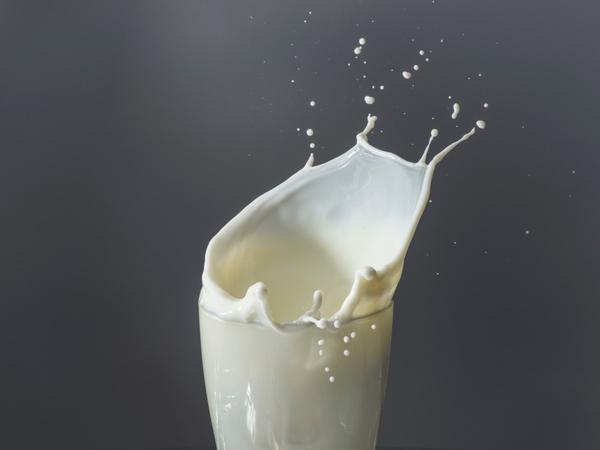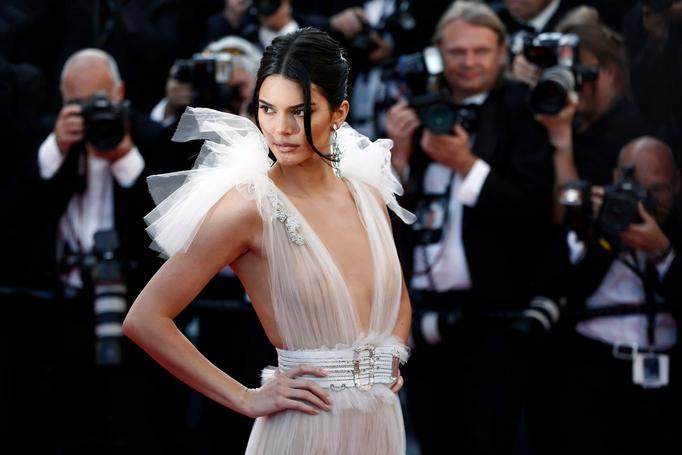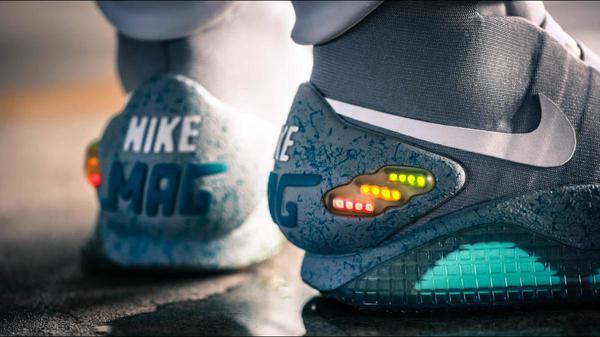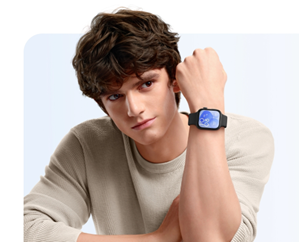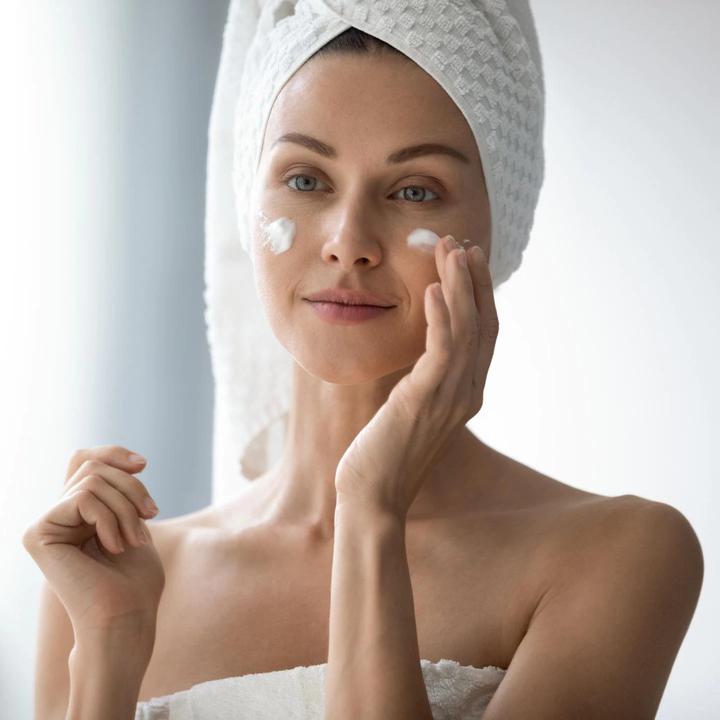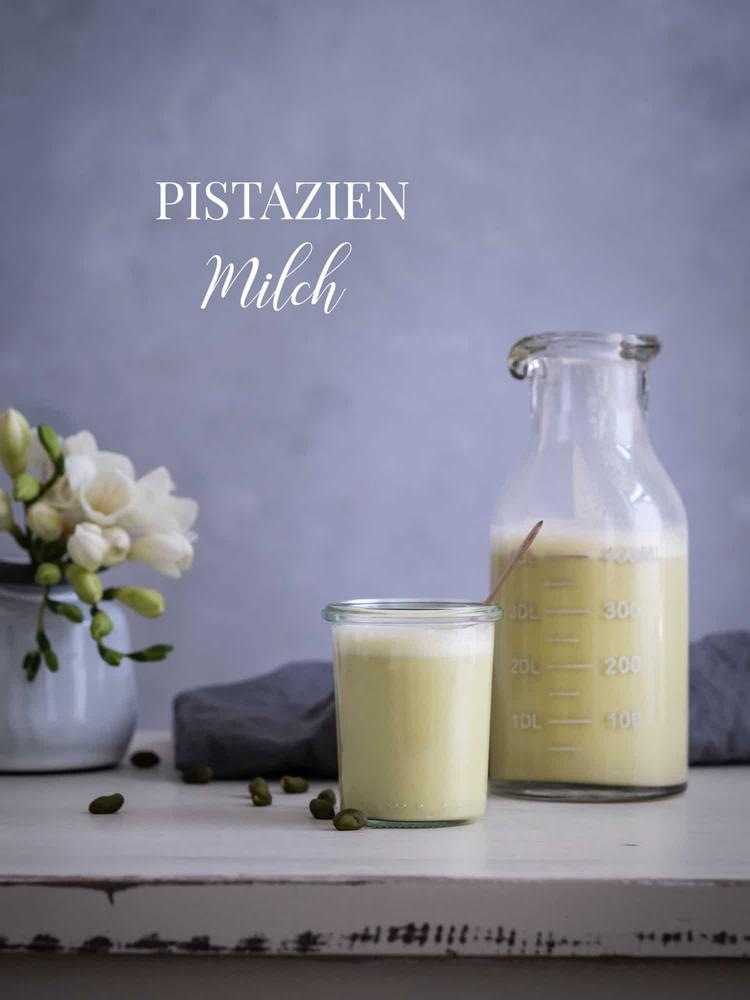
Like many things in people's everyday lives, the relationship to cosmetics has changed as a result of the pandemic. New situations have arisen for which special make-up is required. For example for video conferences in the home office. Or while wearing masks. In general, the business with care products.
"The focus is now on the eyes," says Boris Entrup, make-up expert for the Association of Marketing Companies for Cosmetic Products (VKE) based in Berlin. The eyebrows would be emphasized, mascara, eyeshadow, kajal or eyeliner would be used more – “just in the places that you can show with a mask”. This is where things are deliberately emphasized in a striking and unusual way: with a statement eyeliner, for example. The strikingly colored eyeliner, particularly thick, graphic or drawn with extra swing, has long been used by fashion fans and for staging fashion pictures and models on catwalks. But in everyday life it only becomes more important during the pandemic - as an accent next to the masking protective mask.
Extended eyeliner
enough for everyday life, but the so-called wing is more striking than the usual eyeliner only on the lash line: It is a significant extension of the eyeliner quite a bit outwards, according to Ricarda Zill, Make-up artist and expert for the Industry Association for Personal Care and Detergents (IKW).
While the market for decorative cosmetics has slumped overall during these pandemic times, according to Ricarda Zill, the care products business is booming - from hair treatments to nail care. Above all, it can be seen that consumers are attaching more and more importance to quality. There is also a need for transparency regarding the ingredients and that the cosmetics are produced sustainably.
Is the content harmless?
This is accompanied by a demand for "clean beauty", which translates to clean cosmetics. Manufacturers of these products do without critical ingredients, often organic, organic and vegan cosmetics are behind them. At the same time, there is a growing interest in nourishing, supportive products for the facial skin - often in place of heavy, opaque make-up.
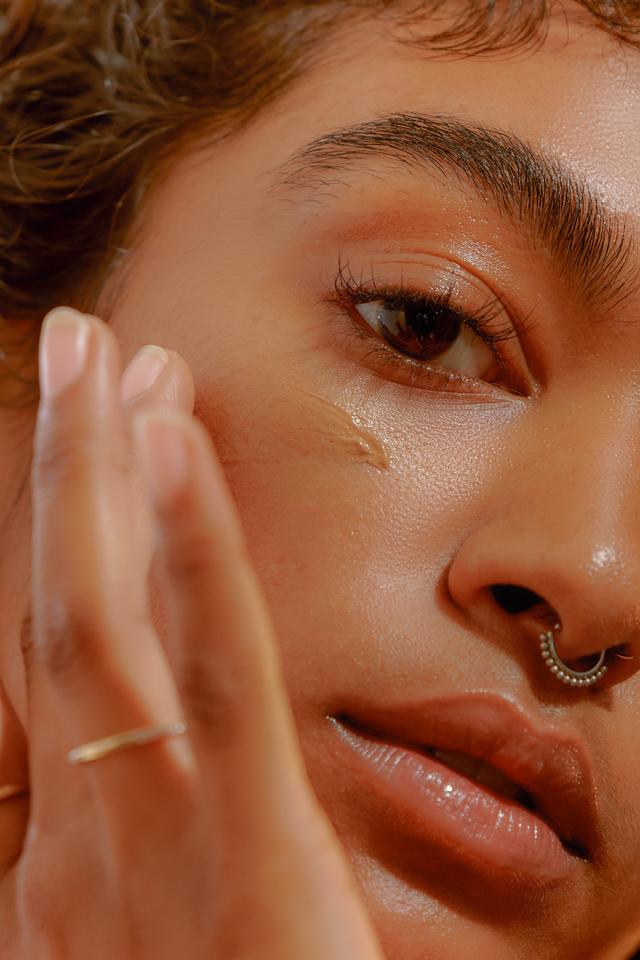
And when make-up is bought, it is often the kind that suits everyday life in the home office and also more time in your own four walls. Like the clothes, many people have also changed the make-up for it, says make-up artist Boris Entrup. He speaks of a "home level".
Keeping your own image in mind
But since working people at home are also increasingly involved in digital communication in the form of conversations in front of laptop cameras, there is also a countertrend. Because you always have your own image in front of you, like looking in the mirror, especially since cameras don't benevolently disguise anything. Concealing cosmetic products with terms such as "blurring" and "pore-refining effect" in their names are then used more often. These promise an alert, fresh and more even complexion with smaller pores.
But things are happening out there again: restaurants are open, theaters are playing again, people are dancing in the first clubs. Therefore, when going out, people are now paddling instead of messing around. "The relief of being able to move more freely again is also reflected in the make-up," says Boris Entrup. "Although the trend towards more complex make-up was already evident before the pandemic."
Strong and bushy
He means, for example, the bonds from the 1980s. "Blush is on the rise, eyeshadow is multicolored again," Entrup lists. And even the striking eyeliner mentioned and an emphasis on the eyebrows are part of it. "However, the eyebrows remain strong and bushy - not as narrow and precisely plucked as in the 80s."
Bright lips
And: Despite wearing a mask a lot, people like to make up their lips in intense, bright colors at the moment. "First you saw a lot of classic red, which was then replaced by bright pink," reports IKW expert Ricarda Zill. "Lipsticks with a glossy finish are back in fashion."
Who is wondering how this is supposed to work in combination with a mask? With long-lasting products that survive kissing and eating. Here the color is sealed with a cosmetic varnish, for example, so that it does not stick to the mask or clothing.
Speaking of which: you don't just put lipstick on, you eat it, so to speak. Anyone who applies make-up to their lips every day uses around five pencils a year - or 57 milligrams of colorant a day, according to Stiftung Warentest in its "test" magazine (11/2021 issue). This is based on calculations by the European Commission's Scientific Committee for Consumer Safety. And it is precisely this "consumption" that poses a health risk, according to the foundation.
Warentest found the whitening color pigment titanium dioxide in all of the 17 lipsticks tested, including in sticks that are sold as natural cosmetics. If this substance is swallowed regularly, a mutagenic effect cannot be ruled out. The genetic material of cells can be damaged under certain circumstances, possibly even causing cancer. In the test, none of the lipsticks received the rating “good”.
Criticism of the product testers
By the way: You don't just put lipstick on, you also eat it, so to speak. Anyone who applies make-up to their lips every day uses around five pencils a year - or 57 milligrams of colorant a day, according to Stiftung Warentest in its "test" magazine (11/2021 issue). This is based on calculations by the European Commission's Scientific Committee for Consumer Safety. And it is precisely this "consumption" that poses a health risk, according to the foundation.
Warentest found the whitening color pigment titanium dioxide in all of the 17 lipsticks tested, including in sticks that are sold as natural cosmetics. If this substance is swallowed regularly, a mutagenic effect cannot be ruled out. The genetic material of cells can be damaged under certain circumstances, possibly even causing cancer. In the test, none of the lipsticks received the rating “good”.

